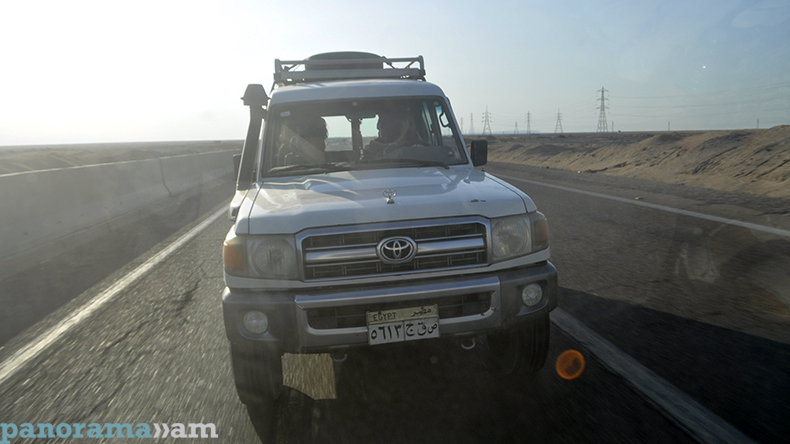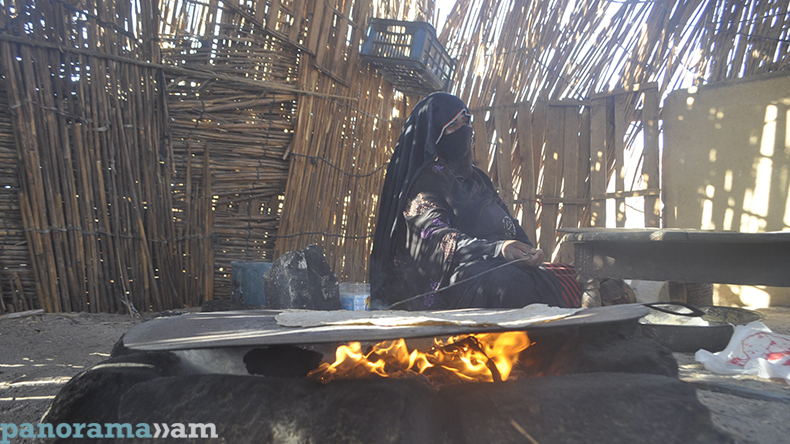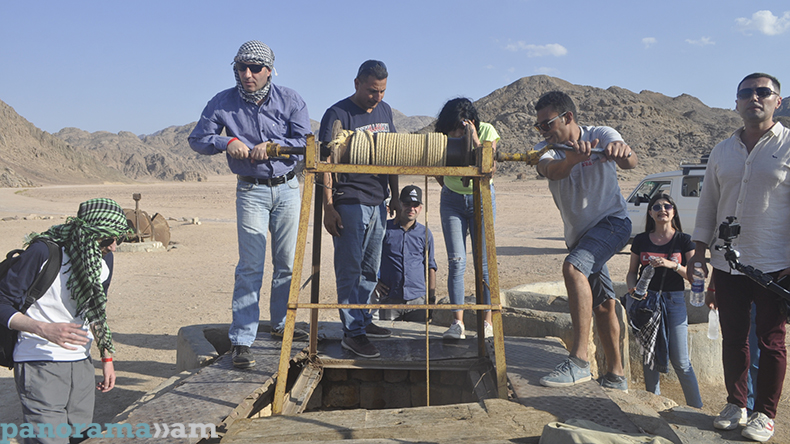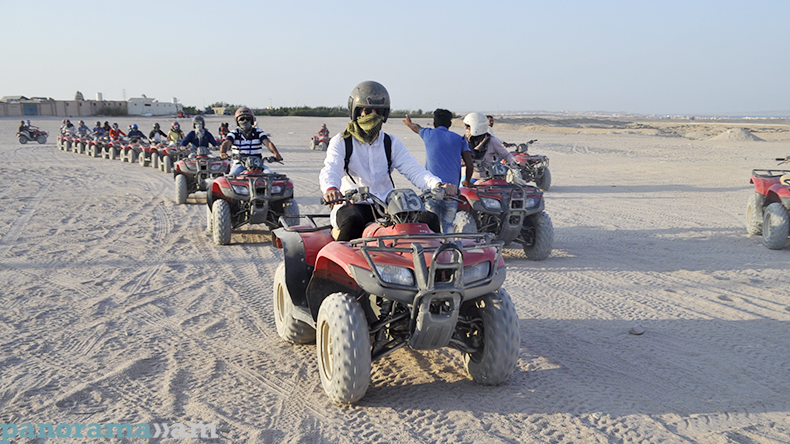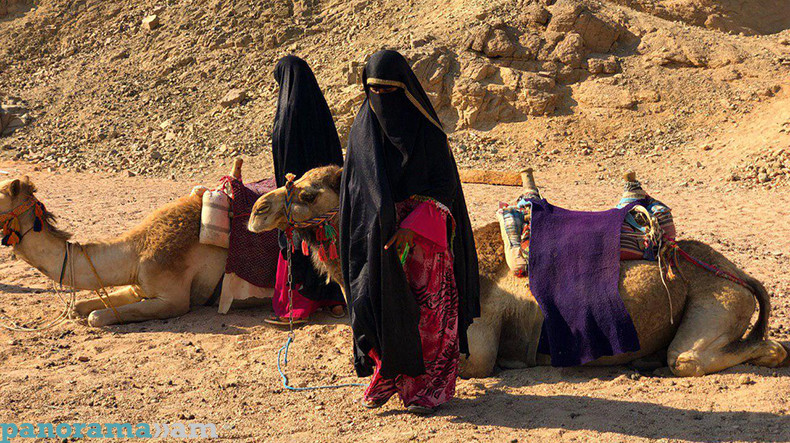
A visit to Bedouins
Three Jeeps transported around 30 Armenian reporters from Egypt’s coastal city of Hurghada to the Arabian Desert located in Sahara’s northwest.
The drivers of the vehicles speeding even up to 150-160 km/h often forgot that they were transporting people. Just like Yerevan minibus divers, they abruptly stopped or fell into a ditch with a high speed, driving uphill and constantly running over other vehicles which caused enormous dust clouds.
I guess after reaching home the driver of our car will definitely check the meaning of the word ‘anasun’ (English dumbass) through google translate. And after every such experience some 10 reporters recalled the famous words of the Yerevan Circus director.
Before reaching the Bedouin people, Samir, one of the guides accompanying the reporters, said even if one of our group members fell in love with a Bedouin boy or girl, no marriage would take place, since it’s banned. The desert dwellers only get married with each other, thanks to which the Bedouin now communicate in a single language which has survived for 1,500 years and due to which the Arabs living not far from the desert fail to understand their compatriots. The Bedouin are illiterate; they do not know how to read or write. Only sheikhs’ children receive education and a sheik's position is handed down from father to son.
No one knows the exact number of the Bedouins living in Egypt. They are born, live and die without being registered anywhere. They are residents, but not citizens. They have no rights and responsibilities, don’t serve in the army and don’t take part in voting. They have traditions, lots of money, big families, now they successfully compete with doctors and are said to have no match in herbal medicine. Also, they are reportedly engaged in arms trade. Samir and the other guide, Moses, claimed the Bedouin make up five percent of the Egyptian population, but this is a rough figure.
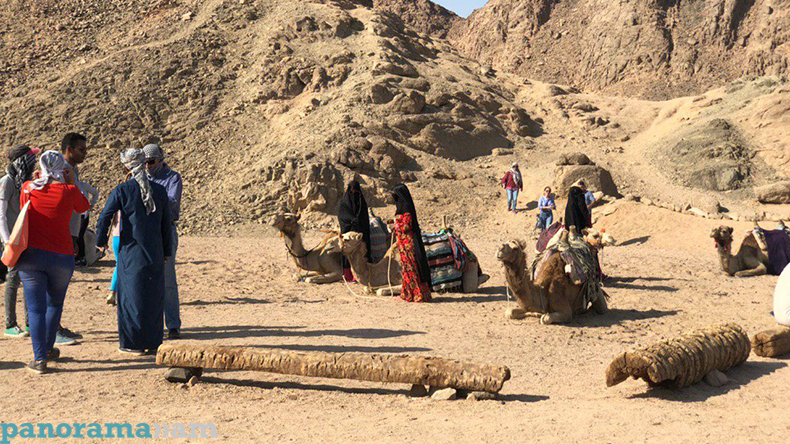
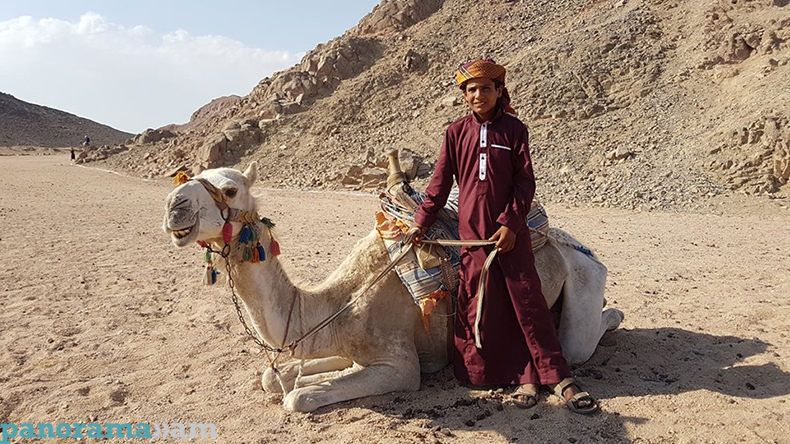
The Bedouin family that we visited greeted us with silence; the man of the family and their elder son were deaf and dumb. Foreign men are forbidden to approach the Bedouin women. Although, the women we came across on a road were ready to take a photo with men as well. Or maybe they were not Bedouins and were just wearing their traditional cloths.
The coloring of the Bedouin clothing indicates their marital status. If a pink or brown piece of cloth is seen under the black dress of a Bedouin woman, it means she is married, if the cloth is blue, the woman is unmarried. Old Bedouin woman traditionally wear black or dark blue cloths under their black dresses.
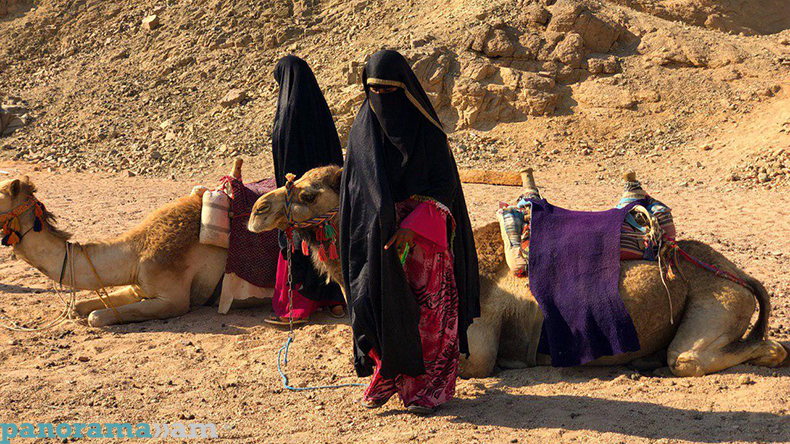
.jpg)
.jpg)
After taking us to a camel ride, the Bedouin family offered us tea without sugar. Tea with sugar is an important part of their tradition. A mother chooses a bride for her son after he reaches the age of marriage, and the shape of a girl’s legs play an important role here. If a girl’s calves are not thin or body, she is supposed to be healthy, beautiful and able to give birth to healthy children. The sheikh pleads with the girl’s family for the boy, and then the boy pays a visit to the girl to see her. If the girl likes the young man, she gives him tea with sugar if not – tea without sugar.
While bringing the tea, the girl’s face is not covered. If it turns out that she isn’t beautiful or to the taste of the groom, he leaves the house immediately without even tasting the tea. By the way, it is strictly forbidden to tell anyone about the meeting or the future decision, since it is considered a serious offense to the girl.
A traditional Bedouin wedding lasts for a week, during which all the guests from nearby settlements are fed. The more beautiful the bide is, the longer the wedding lasts and the more camels her family gets for her. A camel costs approximately $1,500.
“For instance, how many camels are given for a beautiful bride?” asks Maria.
“Between 30 and 40,” Samir replies.
“What if she isn’t beautiful?” our colleague goes on.
“Two chickens,” the guide jokes.
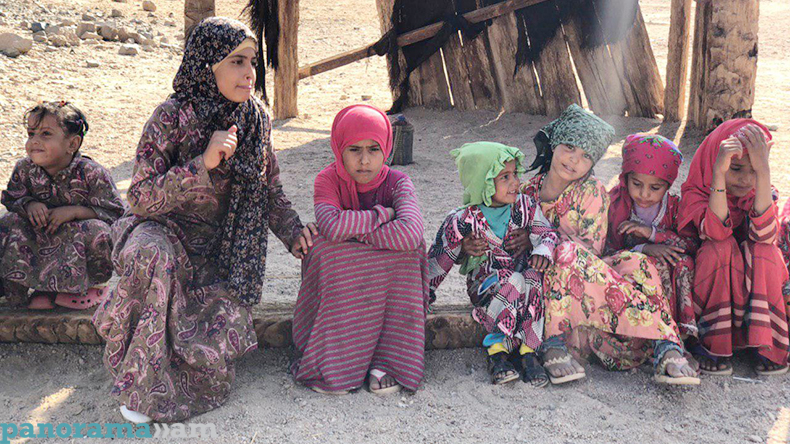
The Bedouin family that hosted the reporters was composed of several women and dozens of kids. Moses said after giving birth to her first baby, a woman leaves her place of residence and only returns with her child after overcoming all the childbirth complications alone. If she fails to return, no one ever knows what happened to her. This is how they know whether or not the woman is strong.
We came across several ‘buildings’ covered with bamboos. One of them was the bakery. Interestingly, their bread is called ‘lavash’. They feed on the animals they herd and the products made from their milk. They even had shops, juice, cigarettes and sold essentials.
It’s camels that find water in the desert. They dig wells at the site where camels take them. The well we came across was at a depth of 40 meters. Several reporters joined efforts to pull up a bucket of water – an excellent method to develop muscles.
Camels serve as a means of transport, a source of wool, meat and milk for the desert dwellers. It is no coincidence that Egyptians use the words ‘camel’ or ‘cow’ to complement women considering their big eyes. The reporters’ group also featured women with big eyes and soon Arab admirers stepped up for them. They were ready to give as much camel as we wanted. However, since it would be quite a difficult task to bring the animals to Armenia, our big-eyed colleagues returned home.
.jpg)
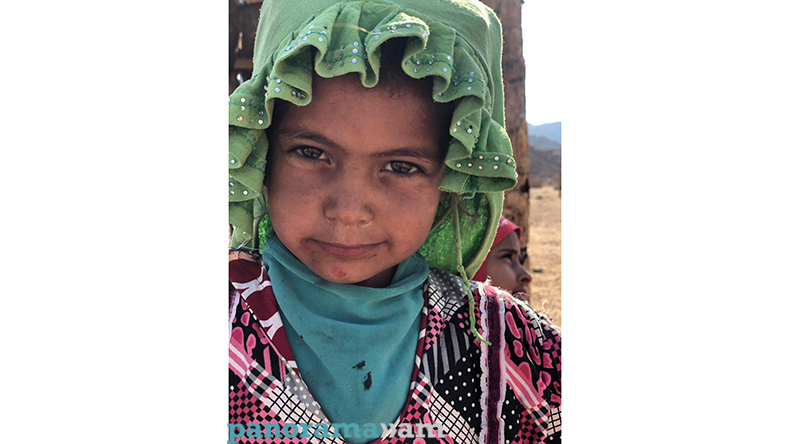
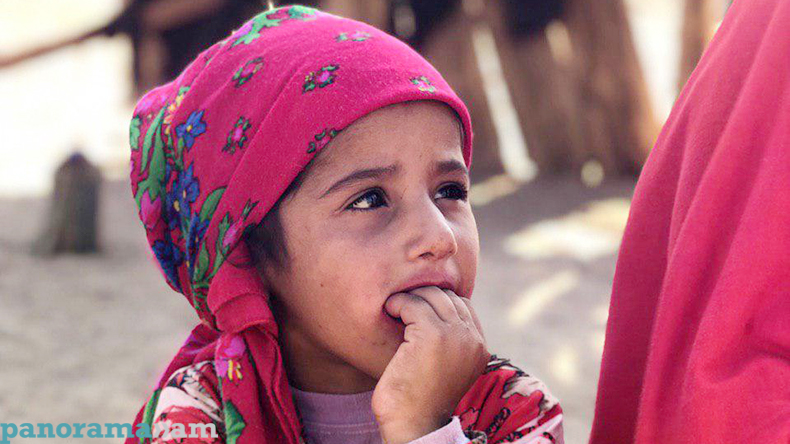
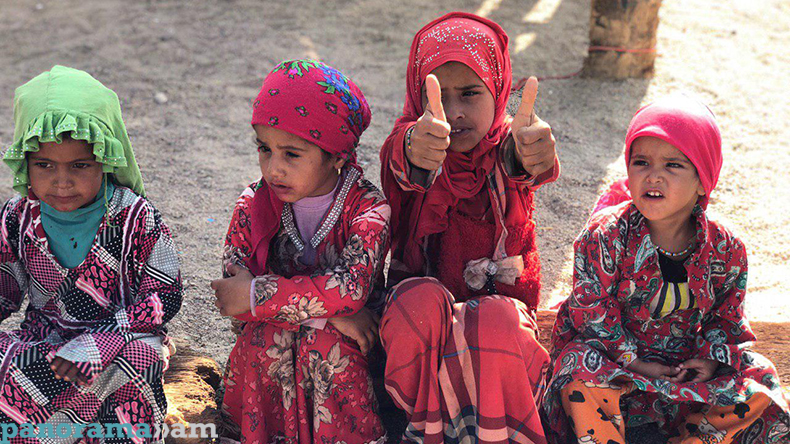
.jpg)
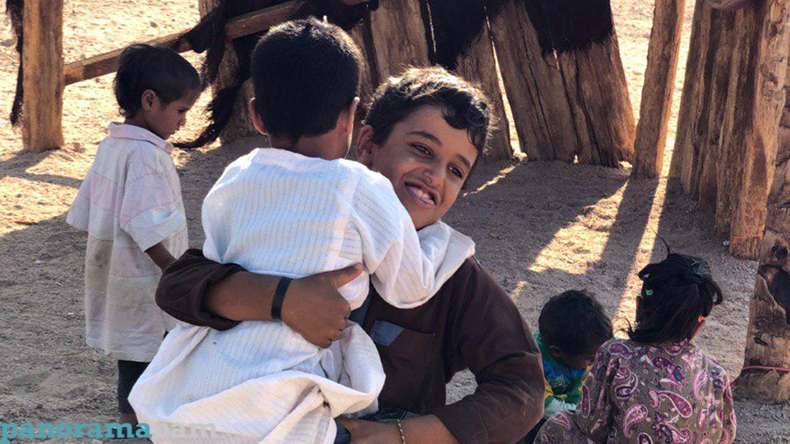
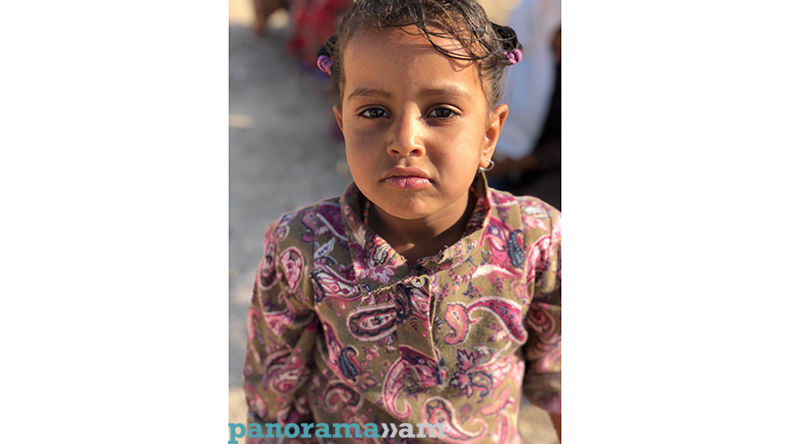
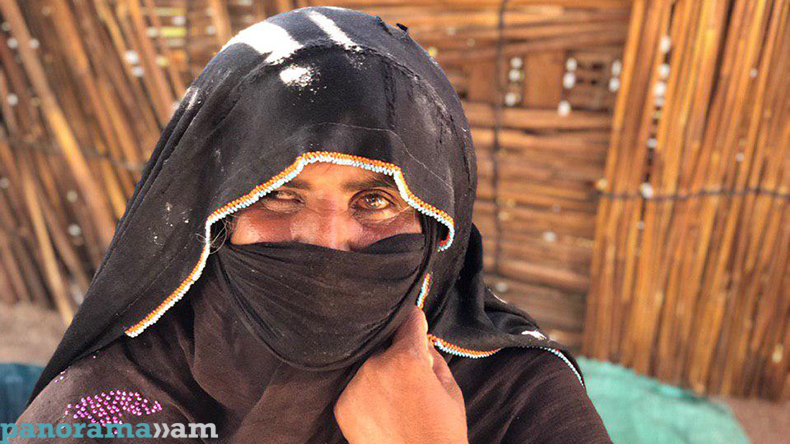
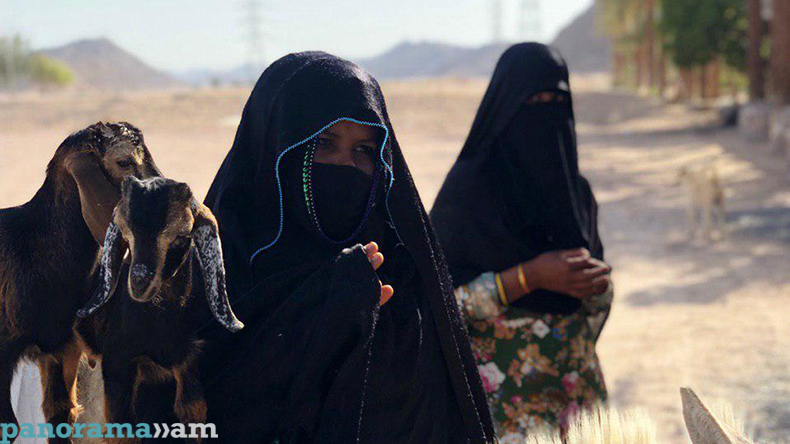
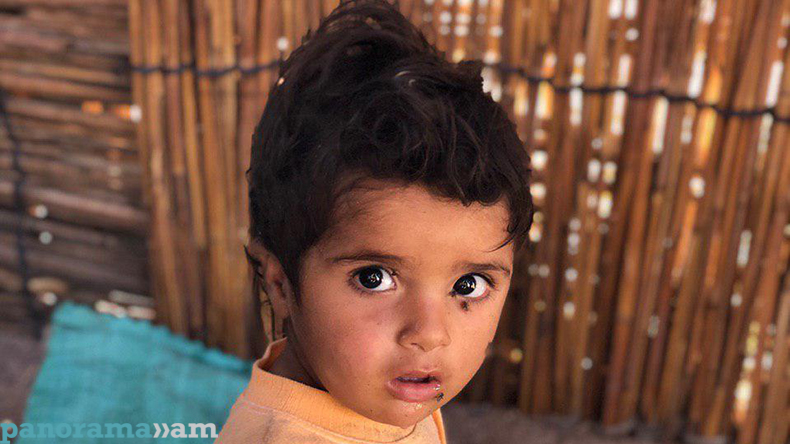
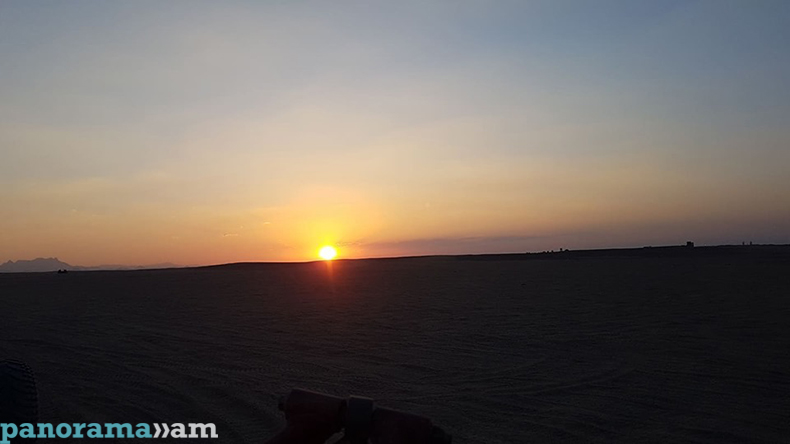
Newsfeed
Videos





